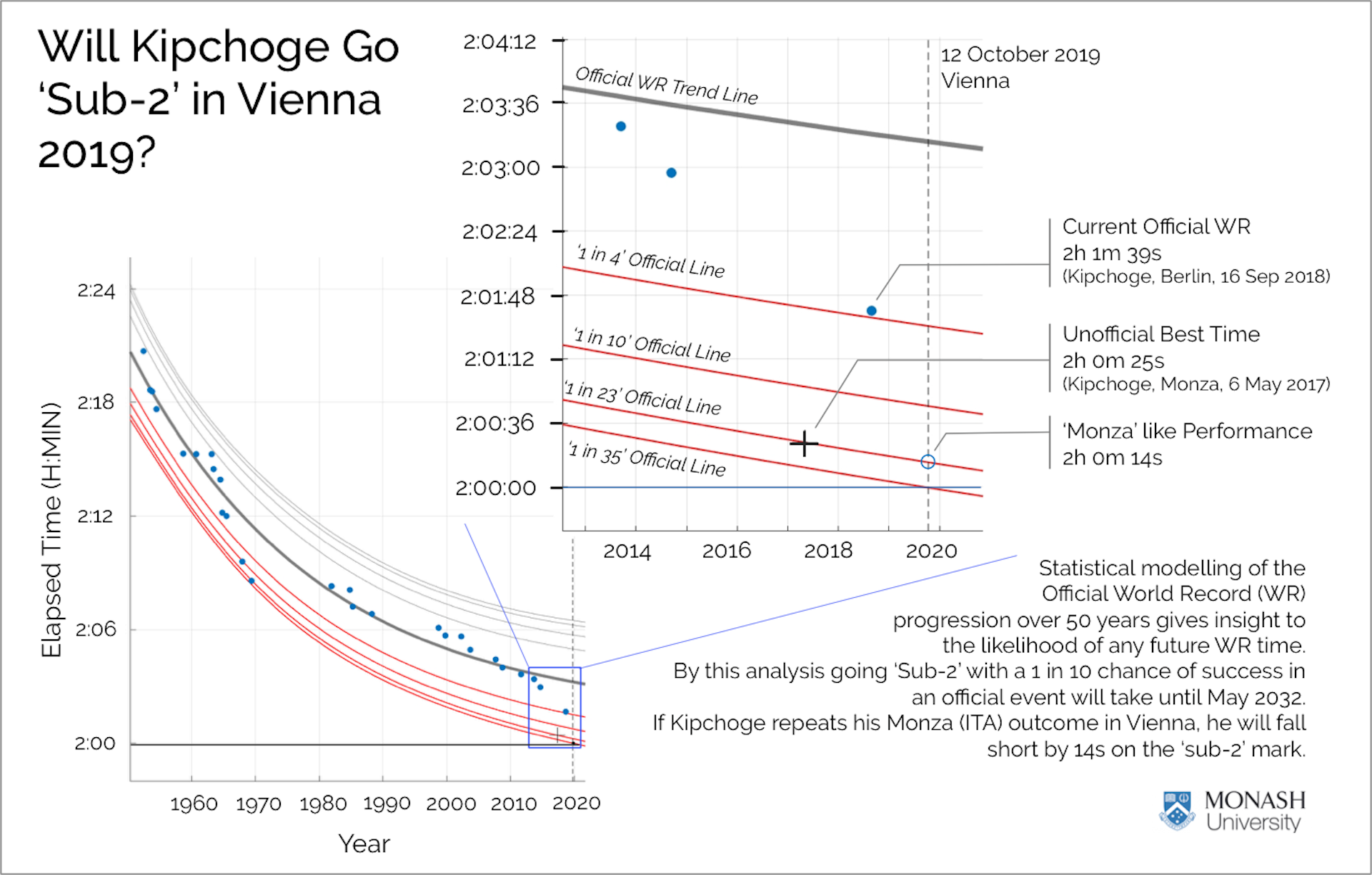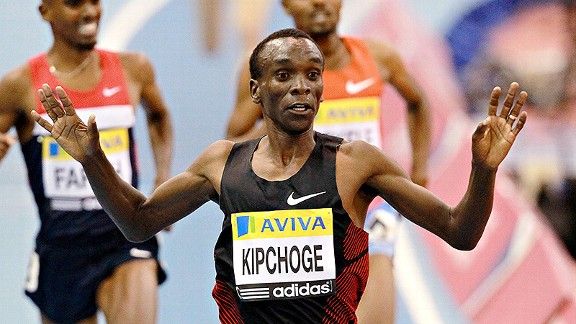
Read: Can food and drink improve your athletic performance? (Imagine the Mighty Ducks’ “ flying V,” but reversed.) The pacesetters, a murderers’ row of Olympians and other distance stars, ran seven-at-a-time in a wind-blocking formation devised by an expert of aerodynamics. Parts of the road were marked with the fastest possible route, and a car guided the runners by projecting its own disco-like laser in front of them to show the correct pace. The organizers scouted out a six-mile circuit along the Danube River that was flat, straight, and close to sea level. The planning that went into the event was a fantasy of perfectionism. The INEOS 1:59 Challenge was not a race by any strict definition: It was simply Kipchoge, joined by a rotating phalanx of pacesetters, rocketing along the pavement against the clock. To sustain this blistering pace, Kipchoge ran under conditions that had been painstakingly and exclusively arranged to push him beyond the two-hour barrier. This speed would feel like an all-out sprint to almost anyone who could keep up with him in the first place. Despite the formidable distance, Kipchoge ripped through each mile of his run in about four and a half minutes.


One hour and 59 minutes is fast in a way that’s difficult to comprehend. Kipchoge ran the fastest time ever over the marathon distance, but for heated reasons that get at the heart of the sport, he did not run a marathon. In fact, it was so heavily engineered that his new time will not count as a world record. Like the moon landing, Kipchoge’s run was a technical achievement that required unprecedented planning and support. Yesterday, Kipchoge launched running to Mars.

Running’s original moon landing, the sub-four-minute mile, took place back in 1954. That comparison is audacious on the scale of human achievement, but in the galaxy of running, it might actually be an understatement. Indeed, Kipchoge himself-a soft-spoken 34-year-old Kenyan who dulls the pain of distance running by smiling mid-competition-has repeatedly equated his feat to reaching the moon. Kipchoge carved two minutes off his own world record and became the first marathoner to break the two-hour barrier.Īt the event, branded the INEOS 1:59 Challenge, the performance was heralded as a radical, historic leap, his “Neil Armstrong moment,” as one announcer said.

His time, 1:59:40, is the fastest any runner has ever covered 26.2 miles. ET on October 13, 2019.Įarly yesterday morning, in a misty park in Vienna, Eliud Kipchoge ran a marathon in less than two hours.


 0 kommentar(er)
0 kommentar(er)
